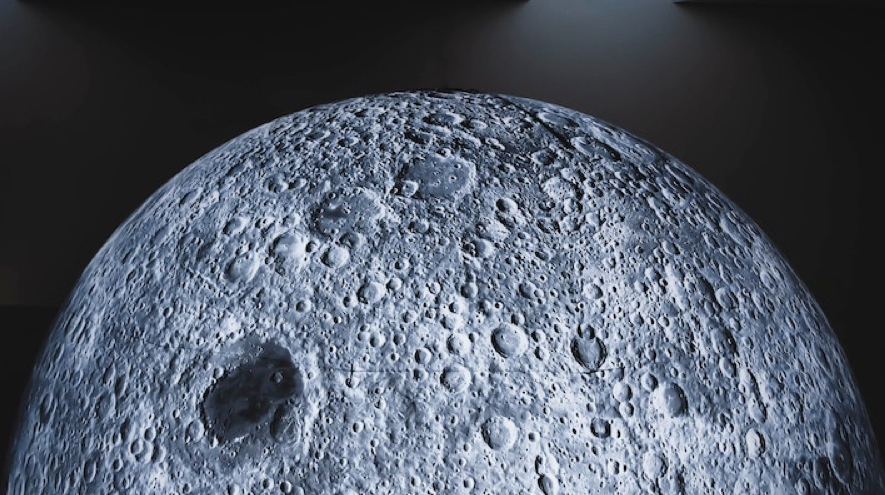
ESA Open Invitation to Tender AO10309
Open Date: 20/04/2020
Closing Date: 15/06/2020 13:00:00
Status: ISSUED
Reference Nr.: 20.112.10
Prog. Ref.: Technology Developme
Budget Ref.: E/0901-01 – Technology Developme
Special Prov.: AT+BE+CH+CZ+DE+DK+EE+ES+FI+FR+GB+GR+HU+IE+IT+LU+NL+NO+PL+PT+RO+SE
Tender Type: C
Price Range: 200-500 KEURO
Products: Ground Segment / Mission Operations / Other
Technology Domains: Space Debris / Modelling and Risk Analysis / Debris and Meteoroid Environment Models / Aerothermodynamics / Numerical Methods / Engineering Techniques
Establishment: ESOC
Directorate: Directorate of Operations
Department: Space Safety Programme Office
Division: Space Debris Office
Contract Officer: Roettger, Sabine
Industrial Policy Measure: C1 – Activities in open competition limited to the non-Larg…
Last Update Date: 20/04/2020
Update Reason: Tender issue
In general, the amount of dedicated observation campaigns to study re-entry break-up events, be it via on-ground, on-orbit, or in-situ sensors, is surprisingly low given that on average an object with mass above one ton re-enters the Earths atmosphere every two weeks. In addition, the few spectroscopic re-entry break-up observation campaigns which have taken place focused on data collection for meteoroids and space systems equipped with thermal protection shields. Those techniques perform well within their intended scope, but struggle when it comes to analysing the re-entry of general artificial objects. Notwithstanding the inherent difficulties associated with spectography on destructive re-entries, preliminary analysis of those datasets, in combination with on-ground material characterisation tests, indicated that di- and tri-atomic molecules can significantly contribute to the observed spectra and can thus extend our interpretation of break-up phenomenology. The objective of this activity is to use the full potential of spectrographs by means of enabling a paradigm shift to an apriori identification of the structure’s radiative response to the re-entry environment.Procurement Policy: C(1) = Activity restricted to non-prime contractors (incl. SMEs). For additional information please go to EMITS news „Industrial Policy measures for non-primes, SMEs and RD entities in ESA programmes”.
If you wish to access the documents related to the Invitation to Tender, you have to log in to the ESA Portal.
